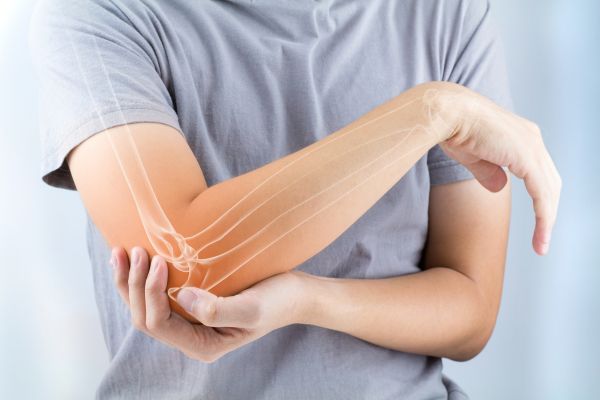
Joint instability and muscle weakness are conditions that can impact the quality of life for some individuals, limiting mobility and causing persistent discomfort. These issues arise from injuries, aging, or underlying medical conditions, and they can significantly impair daily activities. Orthopedics is a medical specialty that addresses joint instability and muscle weakness to improve function and regain control over mobility. Here’s more information about these conditions:
Causes and Risk Factors
Several factors contribute to joint instability and muscle weakness, including injuries such as ligament sprains or tendon tears. Repeated strain on joints, genetic predisposition, and conditions like arthritis play a fundamental role. Lifestyle habits, including a lack of physical activity or prolonged periods of improper posture, are also helpful to contemplate when evaluating the risks. Certain individuals face higher risks, such as athletes who are exposed to repetitive joint stress and older adults who experience weakening ligaments and muscles due to aging. Understanding these causes and risk factors is key to identifying potential preventative steps.
Symptoms and Diagnosis
Identifying joint instability and muscle weakness begins with recognizing key symptoms. Common signs include joint pain, frequent dislocations, muscle fatigue, or a feeling that the joint could unexpectedly give out. Swelling, stiffness, and reduced range of motion further indicate potential problems. To confirm a diagnosis, healthcare professionals use a combination of patient history, physical evaluations, and imaging tests, such as MRIs or X-rays. Strength assessments and mobility tests further pinpoint the severity of the condition and guide the development of a treatment plan.
Treatment
Treatment for joint instability and muscle weakness varies depending on the severity of symptoms and underlying causes. A combination of non-surgical and surgical options may be employed to provide comprehensive care. Some treatment options include:
Non-Surgical Treatments
Muscle-strengthening exercises, manual therapy techniques, and assistive devices are among the non-surgical treatment options available. Strengthening the muscles surrounding the affected joint is a key component of restoring stability. Exercises targeting specific muscle groups offer increased support, and they can reduce the likelihood of further strain.
Manual methods such as joint mobilization aim to restore alignment and alleviate pain. These techniques are fundamental for regaining proper joint function. Devices like braces or splints also provide helpful support and stabilization. These tools can be effective in reducing stress on delicate joints while fostering gradual improvement.
Pain management strategies are another non-surgical treatment method offered in the field of orthopedics. Options such as anti-inflammatory medications or corticosteroid injections can help reduce swelling and control pain. This may improve overall comfort during recovery from an injury or other joint condition.
Surgical Interventions
When conservative measures are insufficient, surgical treatment may be necessary. Procedures such as ligament reconstruction or partial joint replacement address more extensive damage. These options involve repairing or replacing damaged tissues to restore joint stability, reduce pain, and improve overall function. For severe cases, reverse total shoulder replacement provides long-term stability and improved range of motion. Surgical interventions are followed by a period of rehabilitation to promote optimal recovery and long-term success.
Improve Stability With Help From Orthopedics
Joint instability and muscle weakness are manageable with timely intervention and proper care. Strengthening affected muscles, employing assistive devices, and exploring advanced treatments provide a multifaceted approach to recovery. Medical professionals can also help you incorporate preventative strategies, such as regular stretching and proper posture, to promote joint health. Schedule an appointment with an orthopedic specialist today to discuss any joint issues that may be affecting your quality of life.